703 Organic Weed Control
In this episode, I dive into what I’ve learned from applying organic weed control methods in my own garden—from stale seedbeds to blind cultivation—and how those lessons connect to what I see in prairie agriculture. I also reflect on my latest Better Farming Prairies article, which explores modern weed control tools that can reduce herbicide use without reversing no-till gains. Plus, I highlight some excellent resources on ecological weed management and emerging weed recognition technologies.
Intro
Really quick before we start: This podcast is my way of sharing free information for anyone who's interested. If you want to support me, please share it with your social networks or send it directly to someone who might find it useful. I also have a book available for purchase and offer consulting services for farmers and others in the agriculture industry. More details at the end of the episode.
So, if you're new here, let me introduce myself. My name is Scott Gillespie and I'm an author and independent agronomist rooted in the Canadian Prairies focusing on Climate-Smart Agriculture. I share science-based practices that benefit the planet while contributing to the profitability and resiliency of those who farm it.
The content of this podcast episode is available in many formats.
It's the same content on each, just in different forms.
Newsletter signup:
https://mailchi.mp/plantsdigsoil/newsletter
https://www.linkedin.com/newsletters/6944029544697802752
YouTube: (Company):
https://www.youtube.com/@scottcgillespie
Podcast:
https://anchor.fm/scottcgillespie
(Look below Spotify for other apps or just search “Plants Dig Soil” in your favourite app.)
Organic Weed Control
Last month, I mentioned how I've been able to spend more time in my garden this spring. One of the main reasons is that my body is finally feeling better after nearly always having some sort of back pain. I can't say for certain what changed. I'm not hyper-mobile, but close to it. I've stopped many of the recommended stretches. I need to keep tight, not loose. I still do a little bit of stretching and I have found one particular one that seems to help keep my hips from getting tight. I believe that muscles deep inside were the ones that were pulling my hips out of alignment which then lead to back pain. It's taken a few years of trial and error, but things are better now.
I've also prioritized gardening. I worked hard to have plans and procedures in place for my agronomy clients so I wouldn't be scrambling at this time of year. When the weather was beautiful, I was able to do some early morning gardening before getting on with my day.
It's hard for me to garden without thinking about work. However, it's a space where I can apply what I've learned. I've spent a lot of time working with organic producers over the past few years and decided to really put those weed control principles to the test. Most years, I end up with weedy rows and have to go in and pull weeds without disturbing what I seeded.
This year, I tried the stale seedbed technique. This means working the soil multiple times before seeding to germinate weeds and then kill them. The key is to catch them in the white thread stage—just before they emerge. I started with a garden fork to loosen the soil and remove perennials and winter annuals. Then I used a Dutch hoe a couple of times in the weeks leading up to seeding. It’s a sharp, flat blade that runs just under the surface to cut roots and disturb seedlings.
Next, I timed seeding based on soil temperature and the upcoming weather forecast. This worked better than I could have imagined. I often planted carrots and parsnips early and waited weeks to see them emerge. This year they were up in a week. I used long stakes to cover the seeds to retain moisture so I didn’t have to water every day. Once I saw a few coming through, I removed the boards because I knew germination had started.
Finally, I did a modified version of blind cultivation. True blind cultivation would go over the seed row, relying on the seeds being deeper than the weeds. Since I knew where the seedlings were—under the boards—I hoed beside them to kill weeds in the white thread stage. Even after emergence, I continued doing this. A quick pass with no visible weeds helps eliminate newly germinated ones. For those within the rows, I took care of them by hand while thinning them seedlings.
All these methods definitely work. I have nice, clean rows with very few weeds. The trade-off is soil moisture and labour. I’ve needed to water more due to all the disturbance. I’ve now added compost on top to help retain moisture, and I’m hoping future weeding won’t disturb it too much.
High-Tech Weed Control: Fighting Herbicide Resistance Without Reversing No-Till Gains
My garden experiences directly relate to the article I'm highlighting this month from my regular contribution to Better Farming Prairies. In it, I talk about how weeds were controlled before herbicide-tolerant crops. Rotary harrows and inter-row cultivation were some of the key tools. Back then, straight rows and precise driving mattered. Today, GPS guidance and camera recognition enable us to do much more.
As the article title suggests, reintroducing tillage for weed control is controversial in no-till circles. I often hear people claim that even one tillage pass undoes all the work of no-till. If that’s true, then your system is extremely fragile. The truth is, no-till simply redistributes carbon—more near the surface, less deeper down. One light or strategic tillage pass won’t undo years of work. You can read the article through the links in the episode post on my website.
https://www.betterfarming.com/flippingbook/better-farming-prairie/2025/may-june/12/index.html
Related Resources
Manage Weeds on Your Farm: An Ecological Approach
This is where I learned most of what I know about organic weed control. It’s a massive book—over 400 pages—published by SARE (Sustainable Agriculture Research and Education). The first third of the book is about the principles, and the rest is a deep dive into major weeds in American agriculture. While a few Canadian weeds are missing, most are covered. Highly recommended.
https://www.sare.org/news/manage-weeds-on-your-farm-an-ecological-approach/
OFC-220 Weed Control in Organic Field Crops
Last month, I mentioned the soil fertility course from the Organic Agronomy Training Service (OATS). This module on weed control brought together many of the concepts I had already encountered. If you’re new to organic weed control, this is an excellent starting point. The videos are well produced, and the host is engaging. It includes many farmer segments discussing real-world challenges and solutions.
https://courses.organicagronomy.org/p/weed-control-organic-field-crops-ofc-220
Image-Based Weed Recognition and Control: Can It Select for Crop Mimicry?
As I mentioned earlier, camera-based systems can identify weeds and selectively remove them—using small spikes, lasers, or herbicide bursts. For organic systems, this might involve organic-approved herbicides (like high-concentration vinegar) that are normally too expensive for broad use.
This article explores whether these smart systems might select for weeds that mimic crops. Think that's impossible? In rice fields that have been hand weeded for generations there are weeds the look just like rice in their early development stages!
Outro
Thanks for listening, watching, or reading—however you found this episode. If something resonated, consider sharing it, picking up a copy of my book Practical Regeneration, or reaching out for agronomy support. All the information can be found on my website: www.plantsdigsoil.com If you're watching this as a video podcast on Spotify or on YouTube, enjoy some drone video I captured as I was out scouting fields in May.
Here’s to growing more, believing less, and always digging a little deeper.



